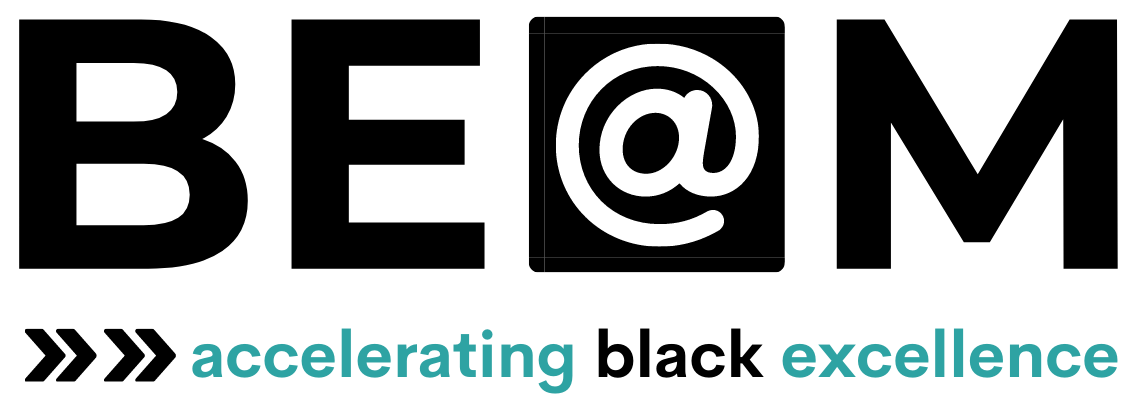
Preamble
To begin this excursion, it may be beneficial to first explore the origins of the term “mindset”
Where does the term come from?
“Mindset” is a combination of two words ; “Mind” which comes from the Latin word “anim” meaning “mind” or “spirit.”, and “set” which comes from the old Proto-Germanic word, ‘satejanan’ meaning to “put in someplace” or to “fix firmly”
So.. what is the common dictionary definition of “mindset”?
According to the Merriam-webster dictionary mindset is defined as:
1: a mental attitude or inclination
politicians trying to determine the mindset of voters
It isn’t only the freshness of the fruit that makes breakfast in California restaurants outstanding. It’s an attitude, a morning mindset, a desire to start the day in a leisurely, luxurious manner.
— Jane and Michael Stern
2: a fixed state of mind
His mindset does not allow for new situations.
The German military thought they were being honourable, and this wasn’t an excuse—this was their complete mindset.— William Vollman
Against the understanding of the origin and definition of “Mindset”, let us now examine the definition and attributes of the entrepreneurial Mindset.
What is an Entrepreneurial Mindset?
The Network for Teaching Entrepreneurship (NFTE) defines it as:
“….An entrepreneurial mindset is a set of skills that enable people to identify and make the most of opportunities, overcome and learn from setbacks, and succeed in a variety of settings. Research shows that an entrepreneurial mindset is valued by employers, boosts educational attainment and performance, and is crucial for creating new businesses…”
Now that we know the definition, what are the attributes of an Entrepreneurial Mindset?
Generally speaking, the two main attributes of one with an entrepreneurs mindset are:
- Tenacity
- Desire to solve a problem
So..do the Entrepreneur’s mindset have anything in common with the agile mindset?
And if yes, what is the commonality of the two?
The Agile Mindset
Now, let’s have a quick look at what the simplest definition of the Agile mindset is….
According to ICAgile:
“…..When people develop an agile mindset, they embrace challenges and view failure as a learning opportunity. They can truly surprise, delight, and fulfill the needs of their customers by co-creating, experimenting, adapting, innovating, and being okay with failure along the way…”
A little analytical Comparison
The word “mindset”, directly translated, means in essence, a fixed/immovable spirit or mind, and it is a settled fact that the way we think about, and navigate the world around us, is governed by our mindset which directs our utilisation or deployment of certain routines, methods and processes.
These routines, methods and processes, that we repeatedly perform, build what we come to regard as culture.
Culture is, therefore, inadvertently the outcome of our mindset.
Put another way, our culture is driven by how we think, and how we think is driven by our (usually fixed) state of mind.
And the more we practice these things, the more we become entrenched in that particular mindset in a reinforcing loop in perpetuity unless the mind is reset.
Agile principles recognise at it’s core, the need to reset the mind from one of a fixed immovable spirit to one of a more fluid nature, to support a culture of growth and continuous improvement.
To help it achieve this, it has a set of recommended practices (governed by the Agile philosophy) that help create and entrench the Agile culture in the individual and/or organisation that chooses to apply ‘Agile’ approaches to doing things, which over time then help build the Agile mindset to maturity.
Some of the core Agile practices are as follows:
- 1. Outside-In thinking – Starting with “why” which means that the problem is seen from the user/customer’s perspective more likely than not, which leads to a more intelligent and methodical examination of the problem space that will more likely lead to a solution that fits the problem. (Think Uber, Air BnB)
- 2. Outcome Clarity/Acceptance Criteria– via the concept of 100% Customer involvement in product/service design and delivery, for high fidelity to idea.
- 3. Fail ‘Fast’ and fail ‘forward’ – Bitesize experiments that constantly test the assumptions we make, in the hands of the actual user/customer so that we learn faster without too much financial, emotional or reputational investment (Think I-phone)Build-Measure-Learn – Build the smallest, least effort/cost prototypes to test your idea (MVP), Measure the success/lessons from the experiment constantly and then taking those learnings forward, Iterate by repeating the cycle all over again. This way innovation is relentless (as accidental discoveries are high) your costs are low, Risks are low and you deliver much faster, and ultimately you are constantly creating value and maximising your resources of all types much more intelligently.
Conclusion
Entrepreneurs are by their nature wanting to solve problems/ Find answers that create and add value to society and their users/consumers.
But because they are often ‘space’ explorers, they naturally operate in a high-risk environment which requires much tenacity while learning (bearing in mind that failure occurs only when we stop learning and stop trying)… so what is needed to de-risk and thrive?
The ability to
- Fail Fast
- Fail forward
- Minimise cost of experimentation and increase ‘accidental’ discoveries (cheap prototyping based on the simplest of ideas in the hands of the customer to test etc)
- Do all of the above in a short and tight feedback loop
ALL of the above, bar none are at the very core of all Agile practices (Please reread A little analytical Comparison above for clarity if required).
Before the advent of what we know as the Agile mindset today, the mindset of the more successful entrepreneurs were the forerunners of today’s agile mindset.
However the coming home of the Agile mindset and the accompanying tools to build that culture in today’s globalised, digital world means that for the average entrepreneur, trying to solve a problem isn’t the only factor required to guarantee success; but the ability to fail forward, fast, and cheaply while increasing innovation and creating value for the user is essential.
In other words, the Entrepreneurial mindset and the Agile mindset are to all intents and purposes, two sides of a coin.
Your (counter) views are very welcome!



